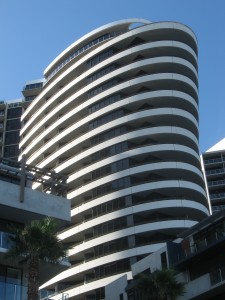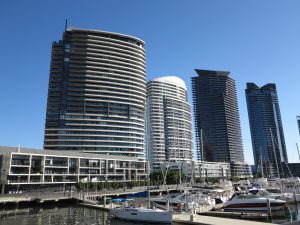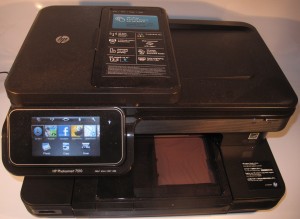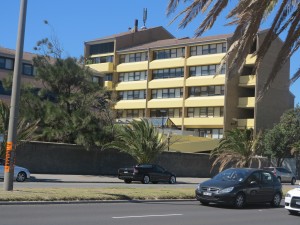UK passes law to allow gigabit broadband in large buildings
Article

The UK is mandating that apartment-block landlords facilitate infrastructure wiring for next-gen broadband networks
New UK Law Passed to Spread Gigabit Broadband into Big Buildings – ISPreview UK
My Comments
A very common issue affecting multiple-premises buildings like apartment blocks, office blocks and shopping centres is the provision of wireline telecommunications infrastructure through these buildings to serve tenants or lot owners who want to benefit from services offered through the infrastructure. Here, there can be problems regarding the landlord or other powers-that-be who have oversight of the building accepting the installation of such infrastructure.
The United Kingdom are facing this problem with their large multi-premises buildings but in a particular way. There, most of these buildings are owned by a single landlord who leases out each premises i.e. an apartment or retail / office space to a tenant in exchange for monthly rent. But the landlords tend to gain a lot of “clout” when it comes to permitting infrastructure to be deployed through a building.
What has been happening with deployment of next-generation broadband infrastructure in these buildings is that some landlords are not responding to requests regarding this infrastructure existing in their buildings. This is compared to most landlords taking up the offer on next-generation broadband through their building due to this giving the building or the lettable space more marketable value.
It is seen as an aggravating issue as multiple regional broadband infrastructure providers are setting up shop in different villages, towns and cities across the country in order to provide cost-effective Gigabit internet service to its citizens.
A new law, the Telecommunications Infrastructure (Leasehold Property) Act 2021, has been enacted through the whole of the UK to answer this matter. This allows a telecommunications infrastructure network provider to deploy broadband infrastructure through a multiple-premises building or similar leasehold building.
It facilitates an improved tribunal-based dispute-resolution mechanism as well as an obligation on landlords to facilitate the deployment of digital infrastructure through their buildings. These actions come in to play when the landlord has repeatedly failed to respond to requests from an ISP to install a broadband connection that the tenant has requested.
A lot of the talk of this law was focusing on pure-play residential developments i.e. apartment blocks and towers. But there is effectively the idea to extend the scope of this law to cover commercial-focused developments like office blocks and shopping centres. I also see this encompassing mixed-use developments that have commercial and residential premises, as is increasingly the trend especially with apartment blocks having the ground floor or the first few floors having commercial or retail premises.
Of course, the questions that come up include who assumes responsibility for the installation and maintenance of any infrastructure between the communications room and the individual premises. It also includes whether that infrastructure belongs to the landlord or the network provider.
It will undergo periodic review and refinement processes as what a well-oiled legislative instrument should be doing. But I also see this benefiting network infrastructure operators who serve dense urban areas where many large apartment blocks and high-rise developments exist.
An issue that has to be looked at during this review cycle is situations where multiple network infrastructure providers approach a building’s landlord and seek to arrange connection. Here, it will be about whether unnecessary duplication of “communications-closet to premises” infrastructure should take place especially if such infrastructure is of the same medium like optical fibre, RF coaxial cable or Cat5 Ethernet. It is a situation that will come about as the Internet service becomes more competitive in the UK’s urban areas and multiple service providers will knock on a landlord’s door or tout tenants for their services.
Then there will be the question of whether a landlord must rent out roof space on their multiple-premises building for RF-based communications services like 5G small-cell base stations, digital-broadcasting infill repeaters or business-radio transmitters. This question will be distinct due to the building’s premises tenants not directly benefiting from the infrastructure and will encompass the installation of associated power and wireline backhaul infrastructure.
At least there are processes in place to make sure that large multiple-premises buildings in the UK will benefit from ultrafast broadband Internet services.





